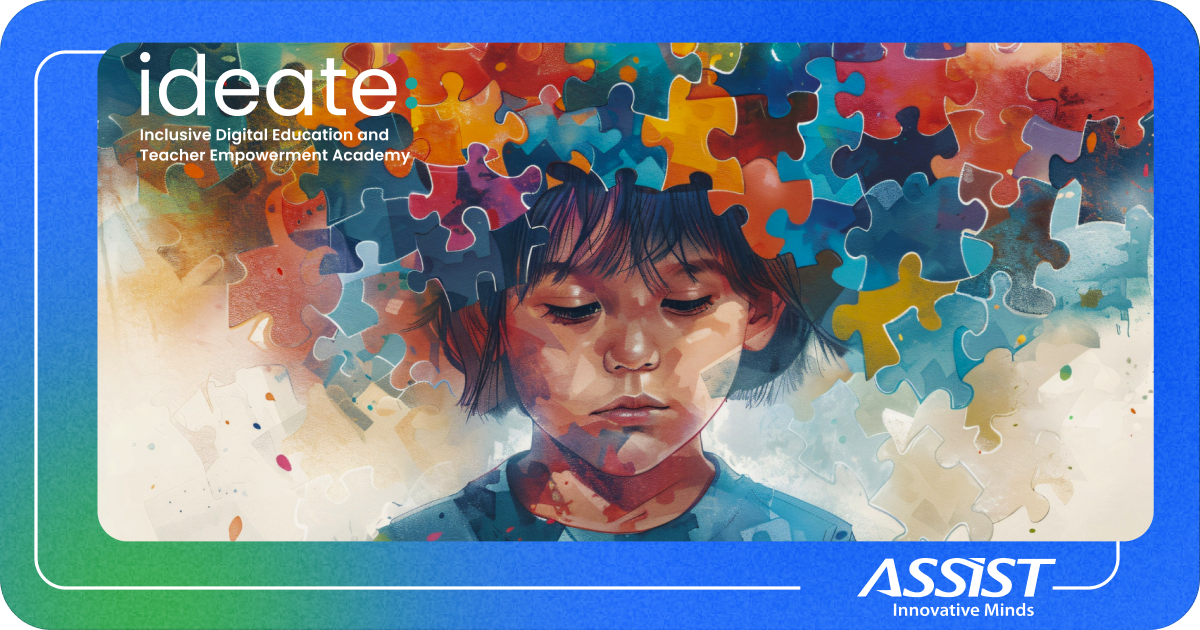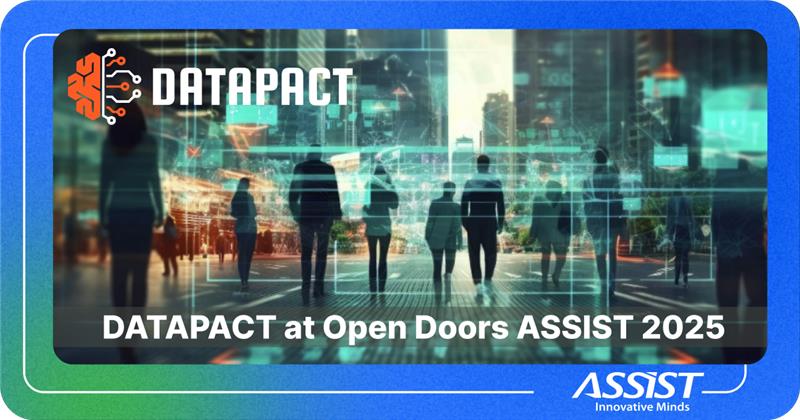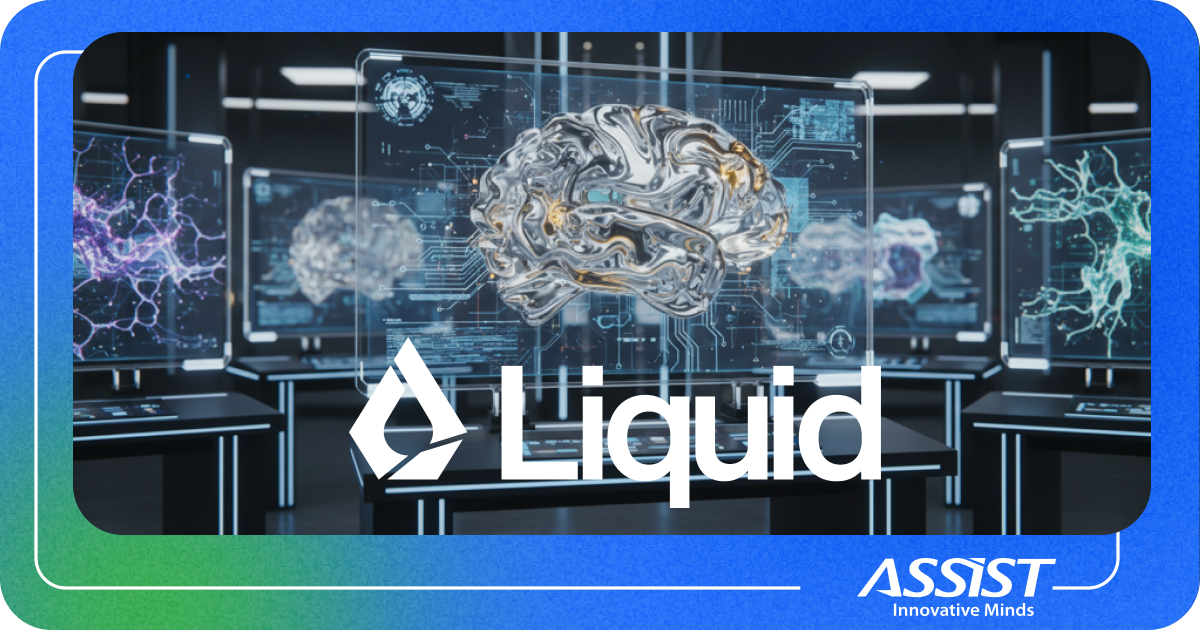Transforming Maritime Sustainability: The Launch of the TwinShip Project
Continuing the streak of project launches that have marked the beginning of 2025 for ASSIST Software, we are thrilled to announce the beginning of yet another groundbreaking Horizon Europe initiative - the TwinShip project, coordinated by the Arctic University of Norway.
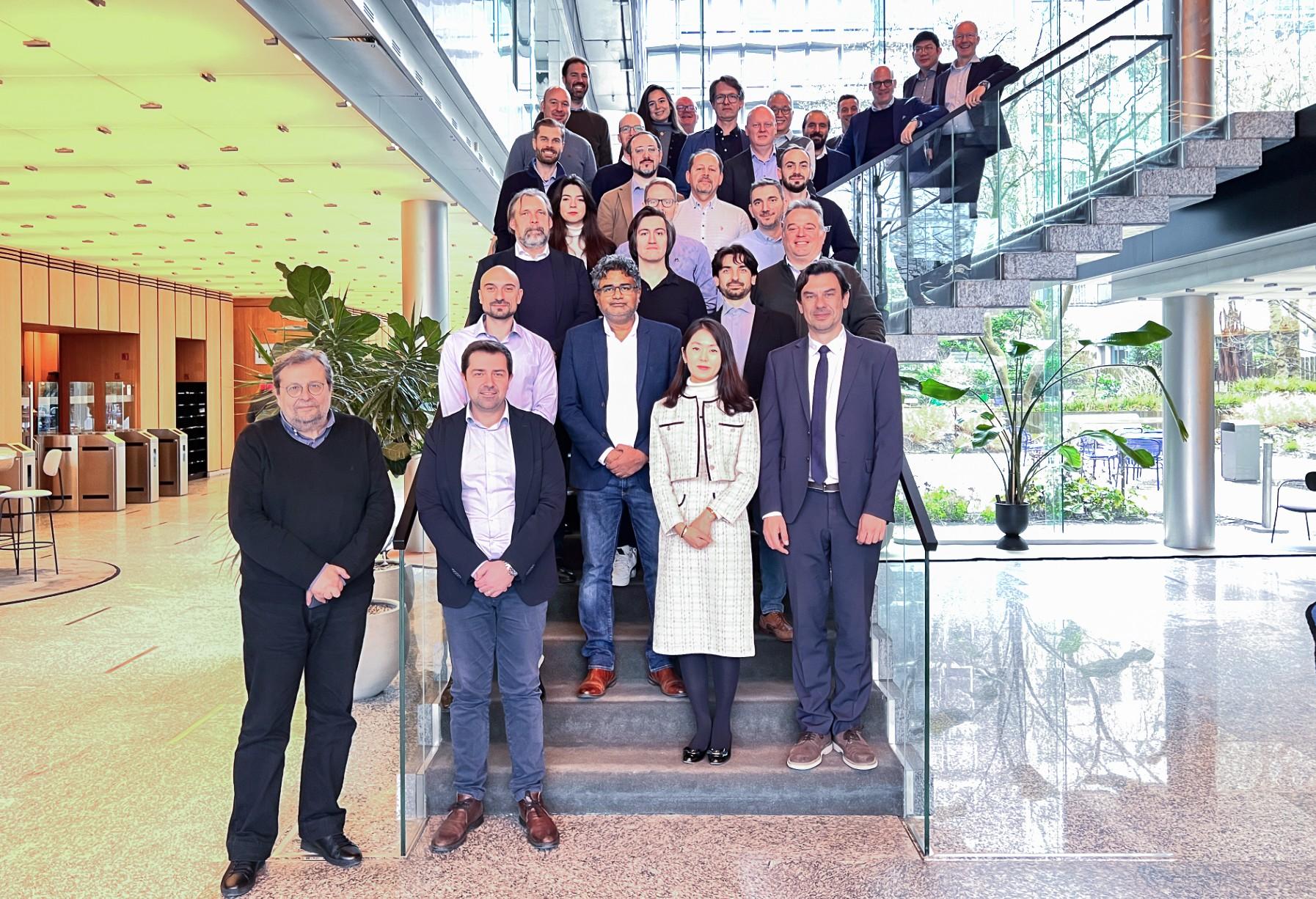
Integrated Digital Twin Framework to Enable Green Ship Operations Towards Zero - Emission Vessels
The TwinShip project was submitted under the Horizon Europe call Advanced digitalisation and modelling utilizing operational and other data to support zero emission waterborne transport and received an outstanding evaluation with a perfect score. This remarkable achievement highlights the project's exceptional quality and its significant potential impact.
The TwinShip project aims to significantly reduce greenhouse gas emissions in international shipping, with targets of a 30-40% reduction by 2030, 80-90% by 2040, and net-zero emissions by 2045, relative to 2008 levels. The digital twin technology developed by TwinShip will be integrated with a custom decision support system (DSS) designed to optimize vessel efficiency and productivity while considering business constraints.
The diverse expertise and international collaboration promise to drive significant advancements in sustainable maritime technology.
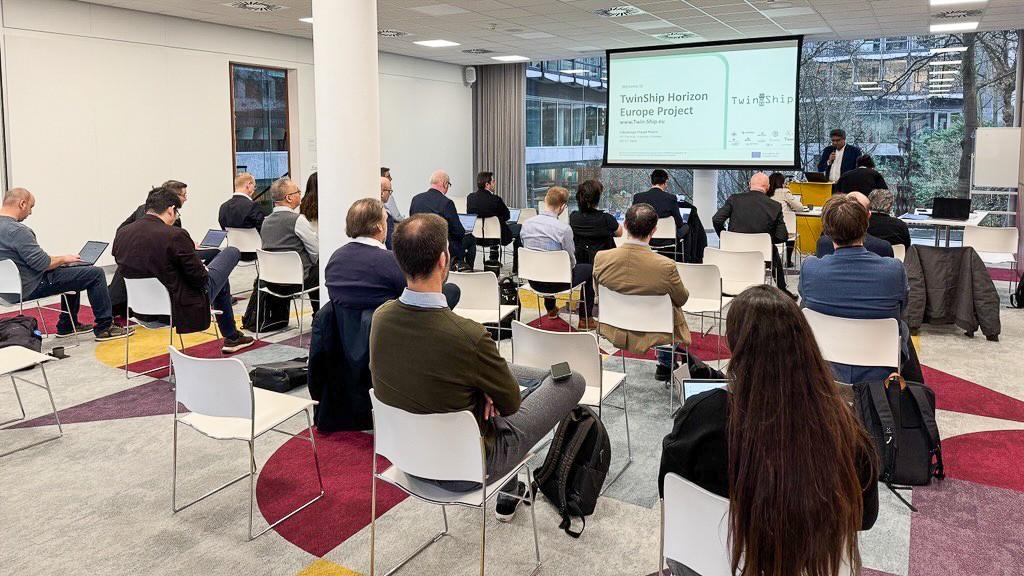
TwinShip Kick-off Meeting in Brussels
The project was officially launched on February 6th, when representatives of the 18 partners from 11 countries gathered in Brussels for the kick-off meeting. This event marked the beginning of a collaborative effort to transform maritime sustainability. The two-day meeting provided an excellent opportunity for partners to align project goals, discuss strategies, and establish a strong foundation for the work ahead.
The meeting was designed to achieve several key objectives, beginning with project discovery and planning on the first day. This initial phase allowed partners to gain a comprehensive understanding of the project's scope and objectives, as well as address administrative matters essential for its smooth execution. The second day was dedicated to an interactive workshop focused on requirements and specifications, where end-users and technical partners engaged in in-depth discussions to address needs and align expectations. This structured approach ensured that all participants were on the same page, fostering a collaborative environment and setting the stage for the successful execution of the TwinShip project.
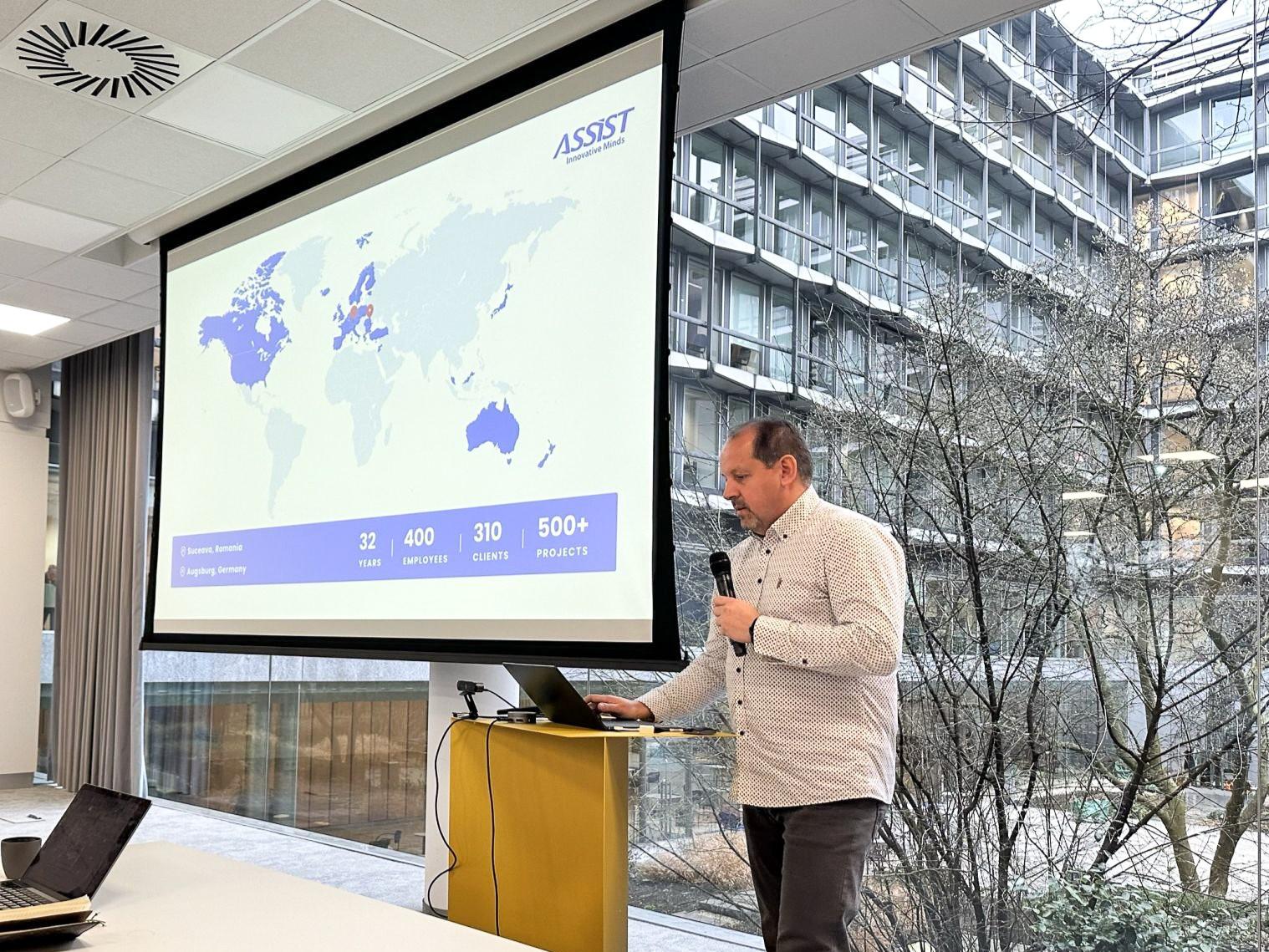
ASSIST’s role in TwinShip
ASSIST Software will leverage its expertise in digital twin technology, AI, and machine learning to develop cutting-edge tools for the maritime industry. By simulating entire vessels and optimizing ship operations, these advanced systems will significantly reduce fuel consumption and emissions. The digital twin technology will provide valuable insights to guide operational decisions, minimizing environmental impact while enhancing overall efficiency.
We remind you that TwinShip – Integrated Digital TWIN Framework to enable Green SHIP – is a project funded under Horizon Europe - HORIZON-CL5-2024-D5-01-15: Advanced digitalisation and modelling utilizing operational and other data to support zero emission waterborne transport, with Grant Agreement ID number 101192583.
